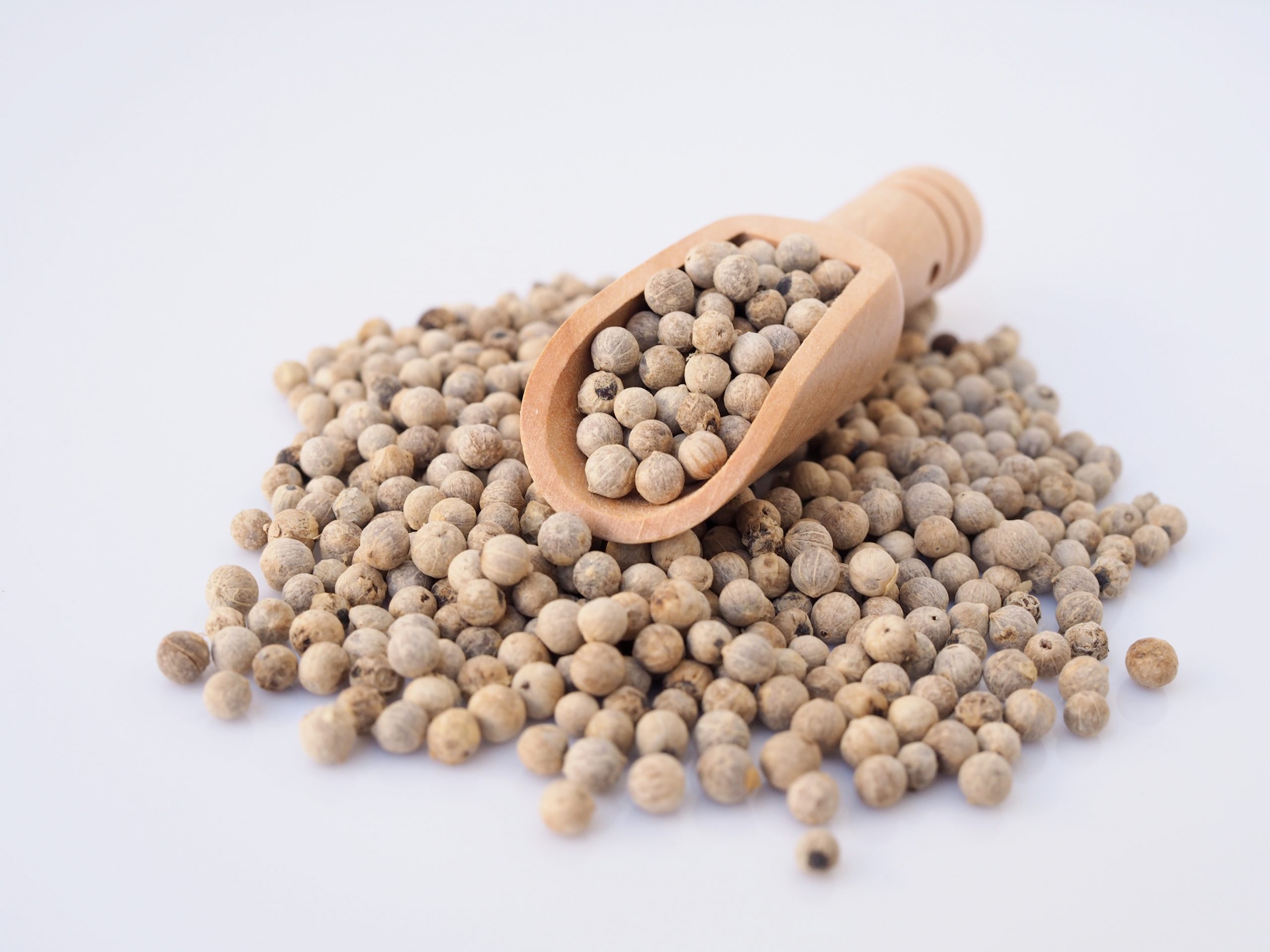Key whisky flavours & styles
The flavour of whisky can be broken down into five main groupings – sweet whisky, fruity whisky, floral whisky, spicy whisky, and smoky whisky,
Sweet whisky
All whiskies have sweetness but ones that are described as such are often indulgent, rich, and luxurious. They are honeyed (think of runny honey or honeycomb, and then manuka honey for older whiskies), confected (imagine white or milk chocolate, marshmallow, and cream soda) or sugared (something like muscovado sugar, fudge, toffee, butterscotch, and caramel).
Fruity whisky
This style of whisky can be split into three categories – are you tasting fresh fruit, dried fruit, or cooked fruit? From this the flavours can be sub-categorised into orchard fruit (think of apple and pear), stone fruit (such as peach, apricot and plum), citrus fruit (imagine lemon, orange, lime, and grapefruit) and tropical fruit (something like pineapple. mango, banana, and papaya).
Floral whisky
The lightest style of all. These elegant whiskies can be described as delicate, fresh, vibrant, uplifting, bright and finessed. Floral flavours can be sweet (think of honeysuckle, jasmine, and elderflower) or blossom-like (such as citrus or cherry blossom).
The category also encompasses green and grassy notes – imagine herbal, leafy, freshly mown lawn or dried grass and hay characteristics.
Spicy whisky
There are two main categories here – hot and fiery (think peppery, ginger or chilli-like) or warming and aromatic (this includes baking spices such as cinnamon and nutmeg or wood spices like oak, be it freshly sawn or toasted). Nutty flavours can also be included too, especially when toasted – imagine almond, hazelnut and walnut.
Smoky whisky
Smoky or peaty whiskies can feature soft and gentle smoke with a woody influence (such as charcoal, bonfire, and ashy embers) or be medicinal and acrid (think damp earth, moss, seaweed, bitumen, and tar).
Smoke can sometimes be confused for savoury flavours such as old leather, cigar box or earthy notes, especially in older whiskies.




